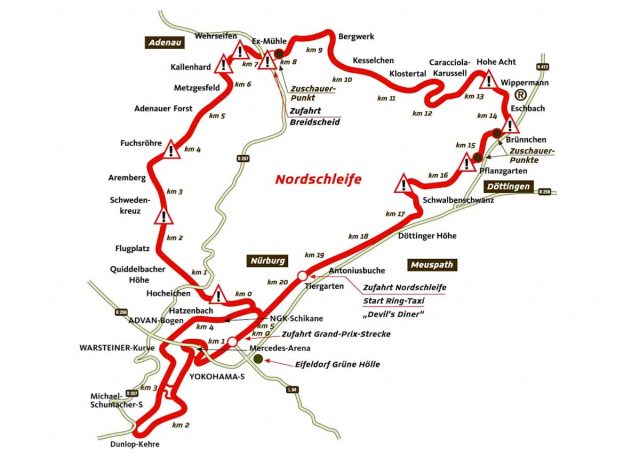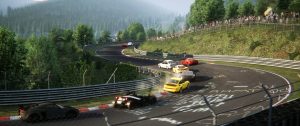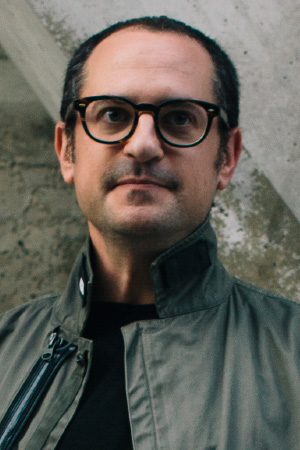
The Nürburgring is a place with few equals. A ribbon of tarmac and concrete a little over 16 miles (just under 23km) long, it snakes its way around the hills surrounding the town (and medieval castle) of Nürburg in Germany's Eifel Mountains. Many people think it's the planet's most challenging race track, a combination of long straights (and therefore high speeds), plenty of blind corners, and an extremely unforgiving nature. And perhaps uniquely, it's a real-life place intimately familiar to tens of millions of people who have never set foot on it thanks to its inclusion in a number of best-selling video games.
It's hard to think of another real place that's featured in so many games and simulated with such depth. Between its inclusion in Gran Turismo (from GT4 onwards) and Forza Motorsport, more than 50 million digital Nürburgrings have been shipped for consoles since the mid-2000s.
It's unlike any track that would be built today—unlike any track that anyone has built for the last half-century, in fact. Opened in 1927, it was the brainchild of Dr Otto Creutz, a local administrator. Car races had been held on closed public roads in the area, but Creutz figured that a purpose-built track would do just as well at drawing in tourists without the annoying road closures and disruption.
Its construction would employ thousands in an economically deprived area, and Germany's burgeoning automakers could use it as a place to test and develop their machines. Finally, there was also the clever idea to open the track to the general public as a one-way toll road, a practice that continues to this day—as long as your vehicle is road-legal in Germany and you pay your €29 ($33.2).













 Loading comments...
Loading comments...
